Peru’s capital is a fantastic city to tour, dotted with a multitude of cultural sites and beautifully preserved architecture. Founded by the conquistador Francisco Pizarro in 1535, Lima was first named ‘City of Kings’ – a biblical reference to the ‘Three Wise Men of the East’ – before its name was changed by the Spanish colonialists. The most significant historical buildings are located around the Plaza Mayor, the most notable being the Government Palace, where one can still observe the changing of the guard performed by the Húsares de Junín. The beautiful Cathedral and the various small palaces and colonial balconies also play also their part in the beauty of the city. Another highlight is the famed Larco Herrera Museum, documenting the millennial cultures that preceded the Inca civilization and containing a priceless collection of pre-Columbian artifacts, including some of South America's finest pre-Inca erotic pottery.
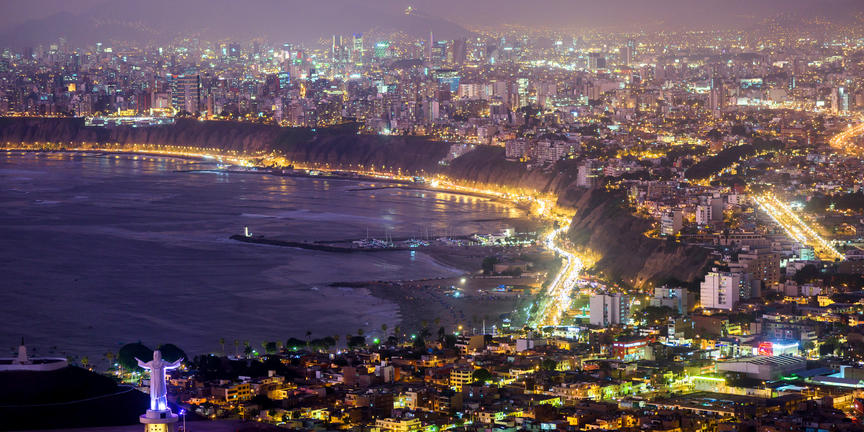
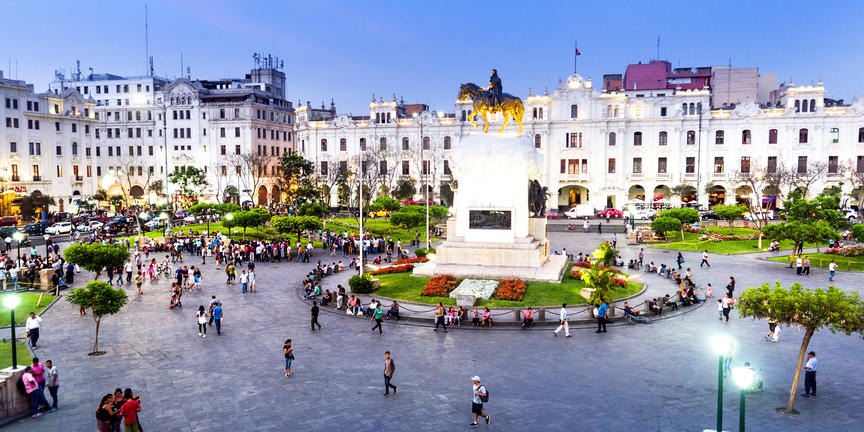
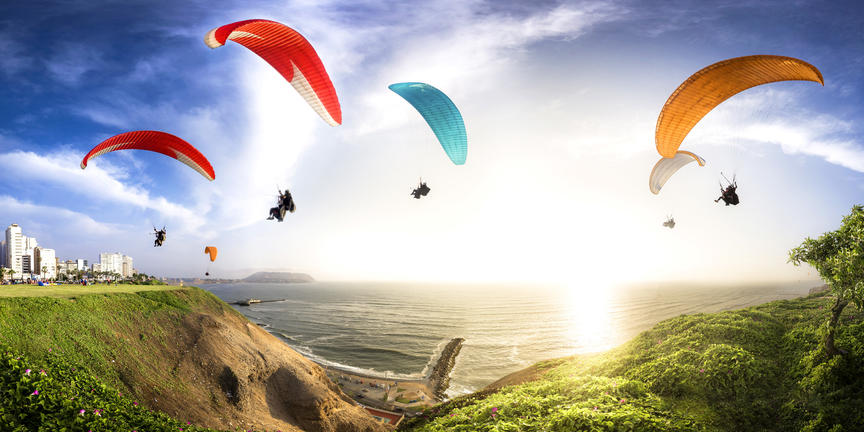
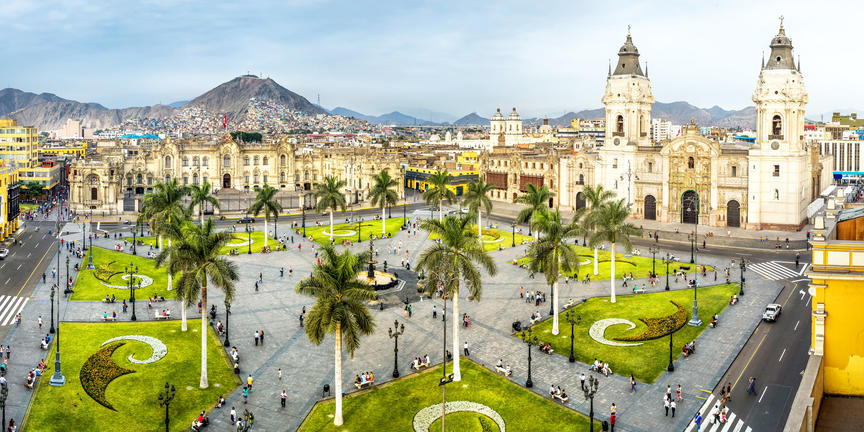
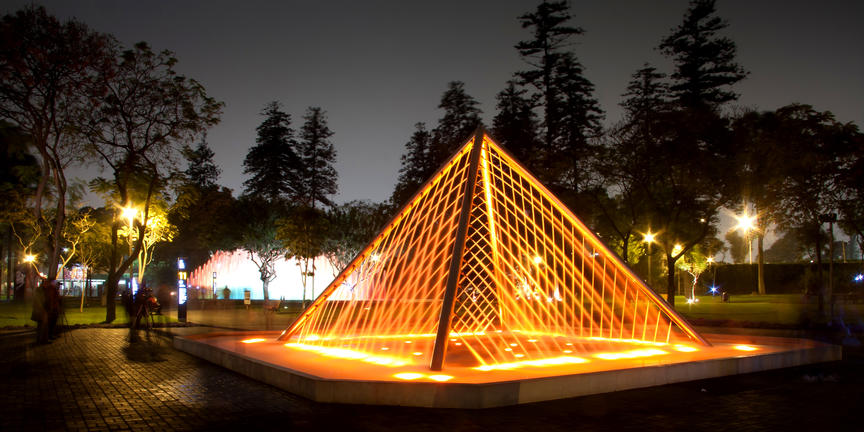
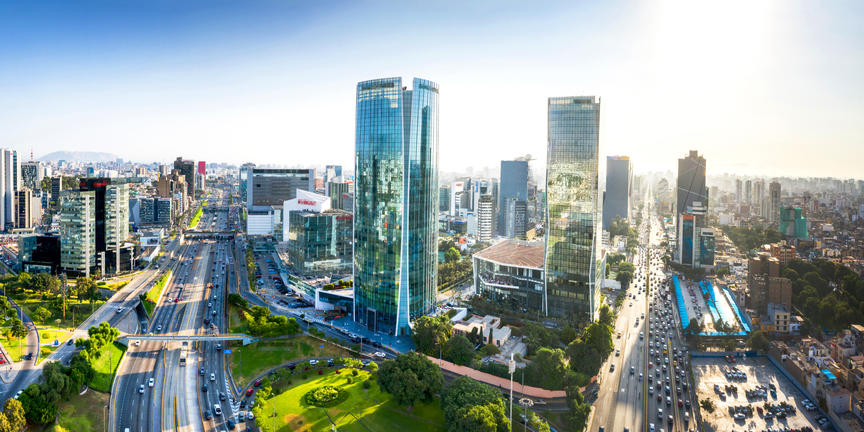
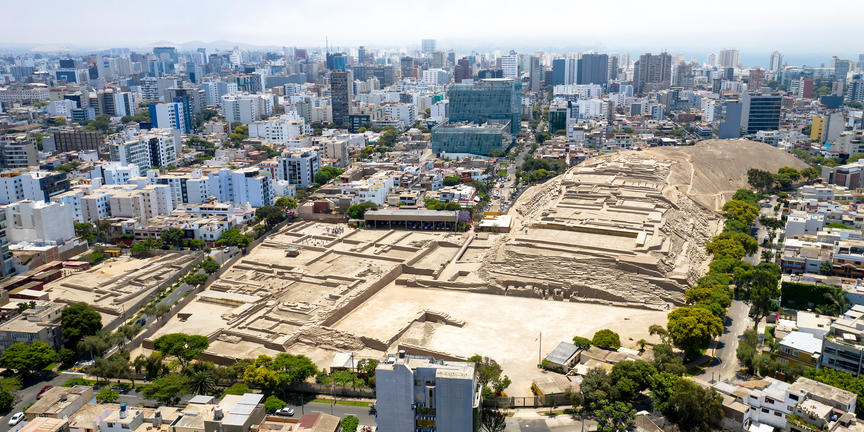
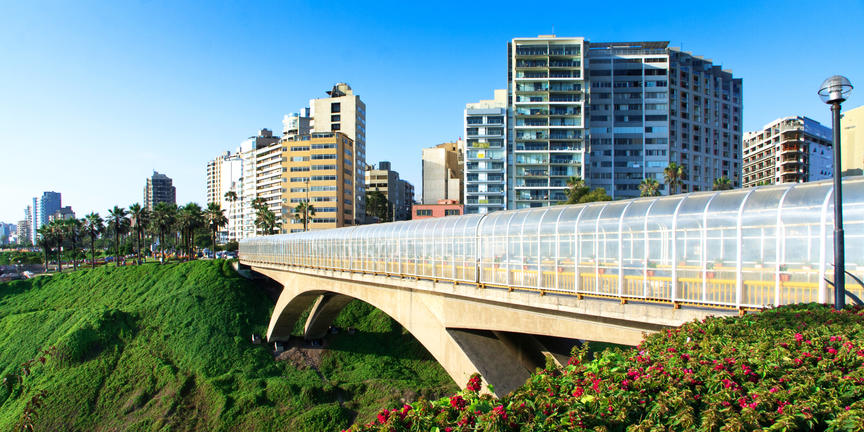
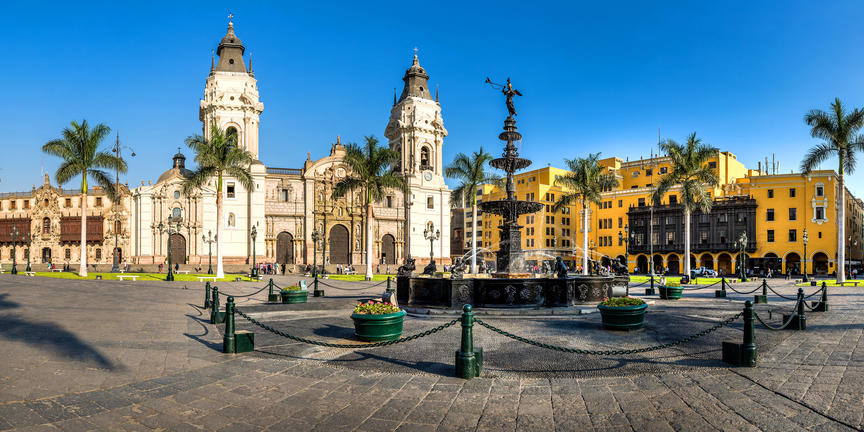
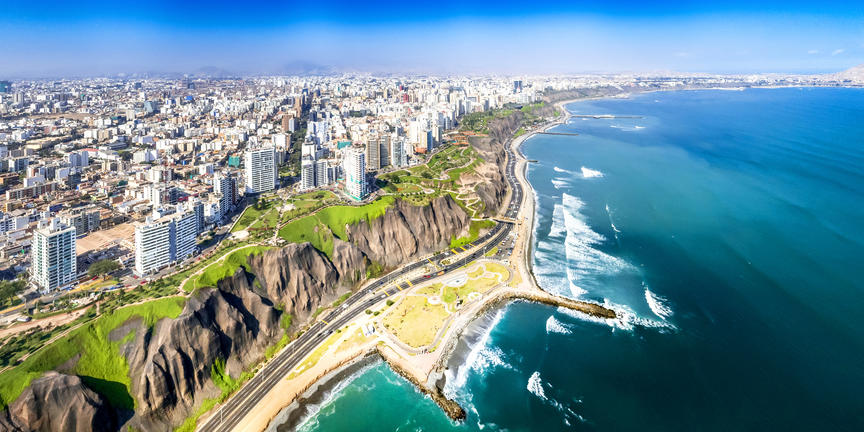
Nazca is situated in the Southern Coast region of Peru. The town is famous for the UNESCO World Heritage Site, Nazca Lines: enormous zoomorphic drawings created in the desert by scratching away the top layer of rock and sediment to reveal lighter sand beneath. These mysterious, larger-than-life etchings are an unforgettable sight and should feature on any Peruvian travel itinerary. Other key attractions include the Nazca Channels (or Puquios) at Cantalloc – ancient underground aqueducts found near the Inca ruins of Paredones – and the interesting Museo Arqueologico Antonini, which provides great context and information about these archaeological sites. It also houses an excellent collection of Nazca ceramics and textiles (which are known for their vibrant colours and patterns).
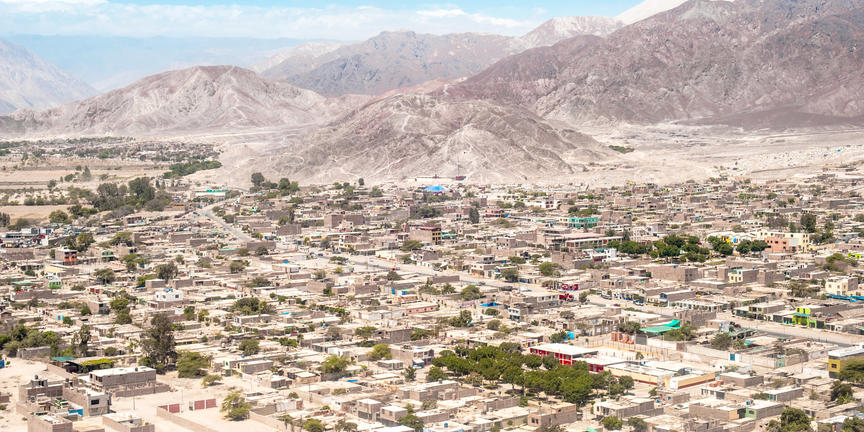
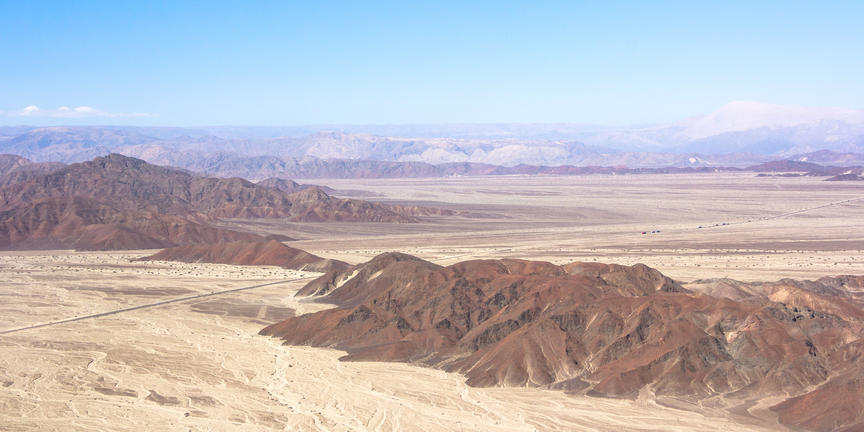
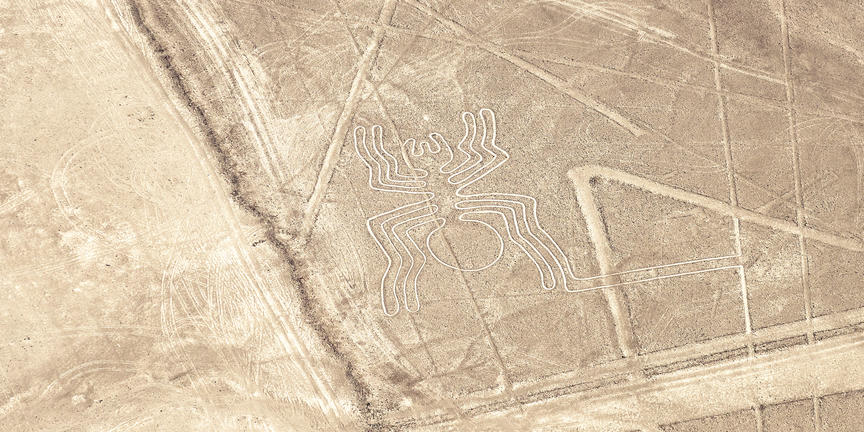

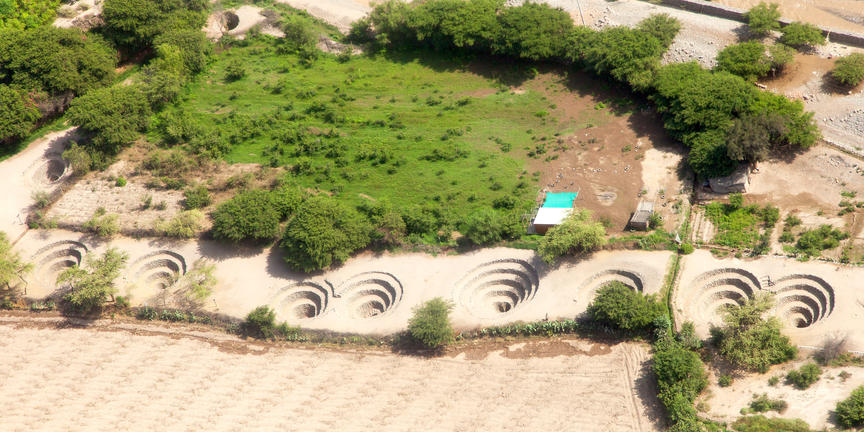

A lunar-like landscape meets the ocean at Paracas, a small beach town on the Paracas peninsula in southern Peru. Stark cliffs drop into the ocean and rugged promontories jut out to sea, offering a beachfront residence to the flocks of marine birds in the area. Many visitors travel to Paracas to enjoy the beaches and the perks of a resort town, however it’s the adjacent marine reserve and outlying islands that most intrigue travellers, offering the chance to view penguins, sea lions, dolphins and seals in their natural habitat. Don’t miss the Paracas Candelabra, a mystic geoglyph etched into the rock and dating back to 200 BCE.



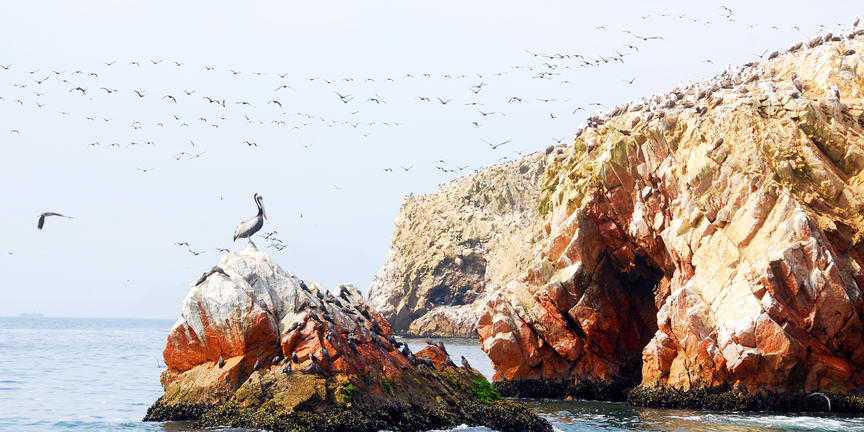

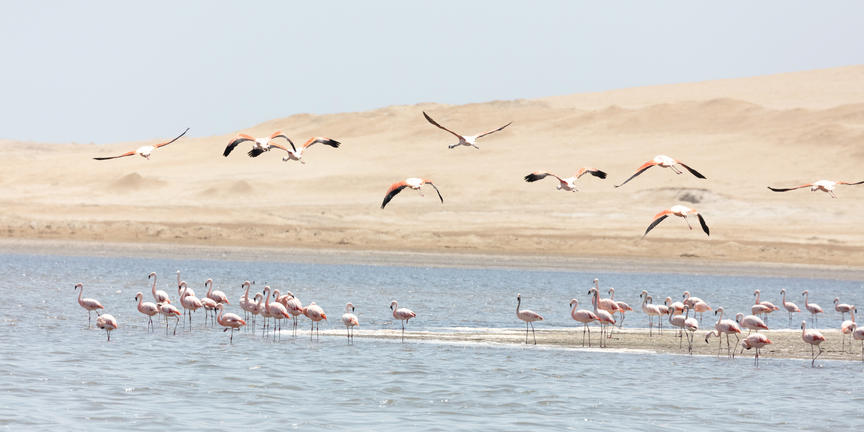
As previously described










A “Living Inca Town” on the western edge of the Sacred Valley, Ollantaytambo, also called Ollanta, has narrow cobblestone streets that have been continuously inhabited since the 13th century. The town is dominated by two massive Inca ruins, including a fortress built to guard the valley and later used as a stronghold during Inca resistance against Hernando Pizarro. The site functioned as an agricultural, administrative, religious, and social centre, with terraces, a temple, and an urban area. Two sections stand out within the complex: Araqama Ayllu, the ceremonial zone with fountains and ritual spaces, and Qosqo Ayllu, the residential district where locals still live in Inca-era buildings. Ancient roads, aqueducts, walls, and towers reveal its strategic importance. Today, travellers often pause here on the way to the renowned Machu Picchu.
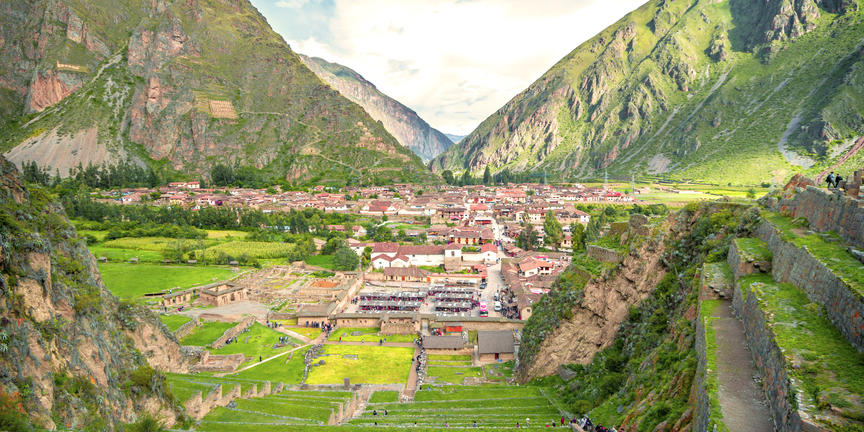
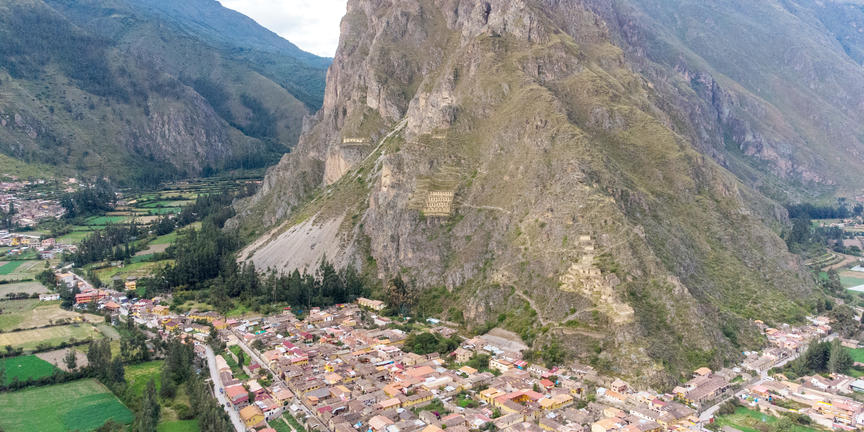
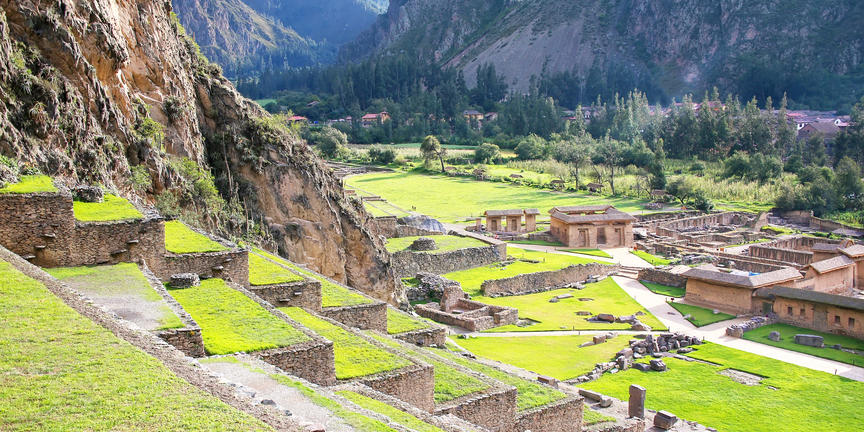
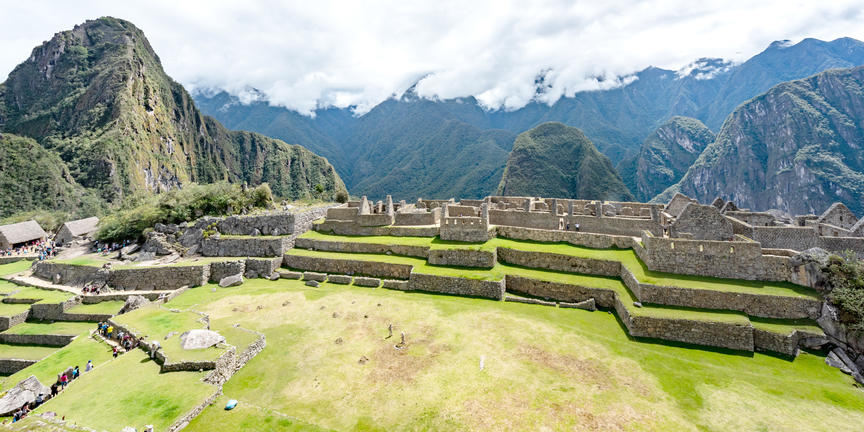
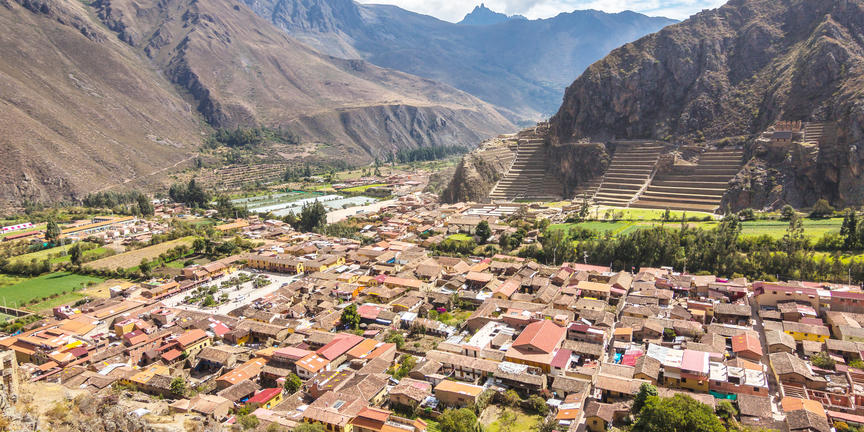
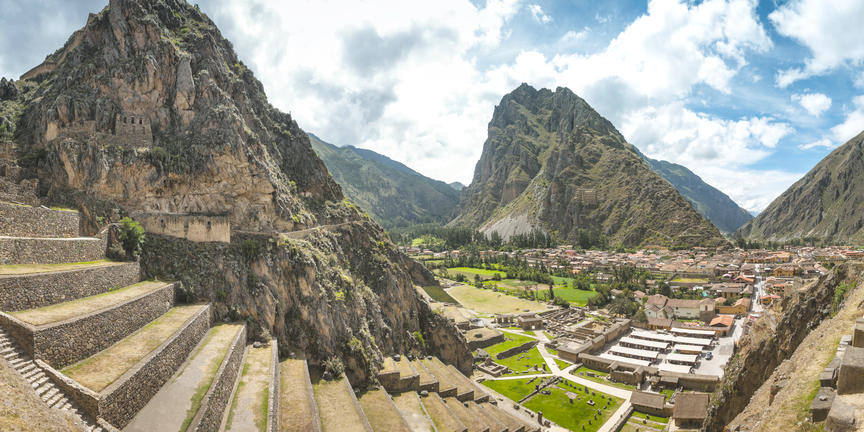
Once called the ‘Navel of the World’ by the Incas, Cusco rises in the southern Andes of Peru, where colonial grandeur meets the enduring stonework of the Inca Empire. A UNESCO World Heritage Site, it serves as the main gateway to Machu Picchu, the Sacred Valley, and surrounding ruins. At its centre, the Plaza de Armas—once Huacaypata—remains alive with cafés, arcades, and the 16th-century Cusco Cathedral, built from Sacsayhuamán’s stones. Nearby, the San Blas district unfolds with whitewashed adobe houses, blue balconies, and workshops where artisans craft metalwork, woodcarvings, and sacred art. Across the city, layers of history reveal themselves in landmarks such as the Korikancha, the Inca street of Hatun Rumiyoc with its twelve-angled stone, the Museum of Colonial Art, and the ancient shrines and water temples scattered through the surrounding hills.
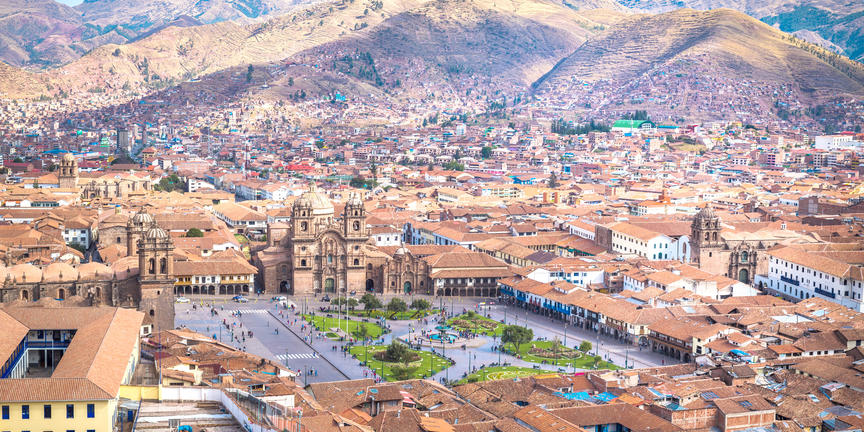
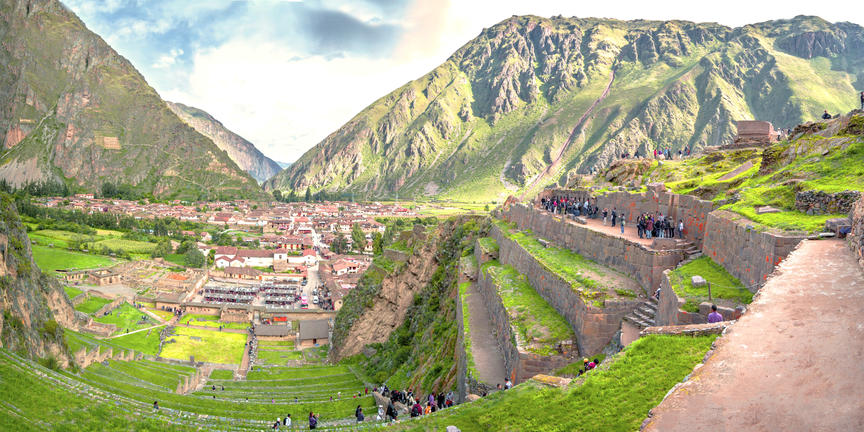
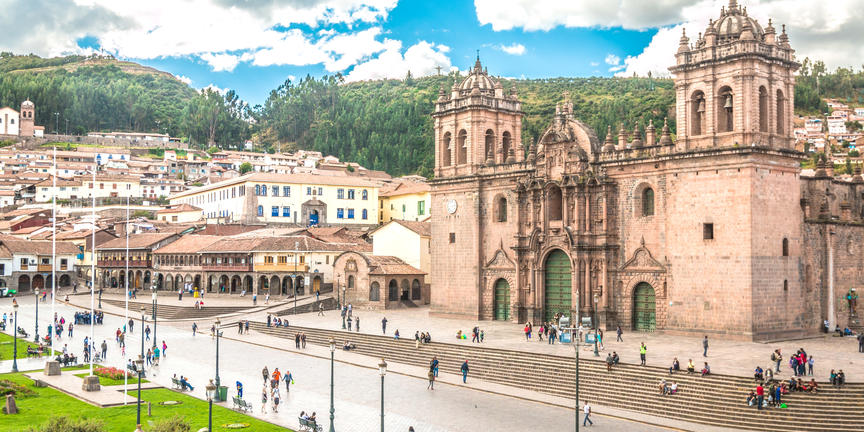
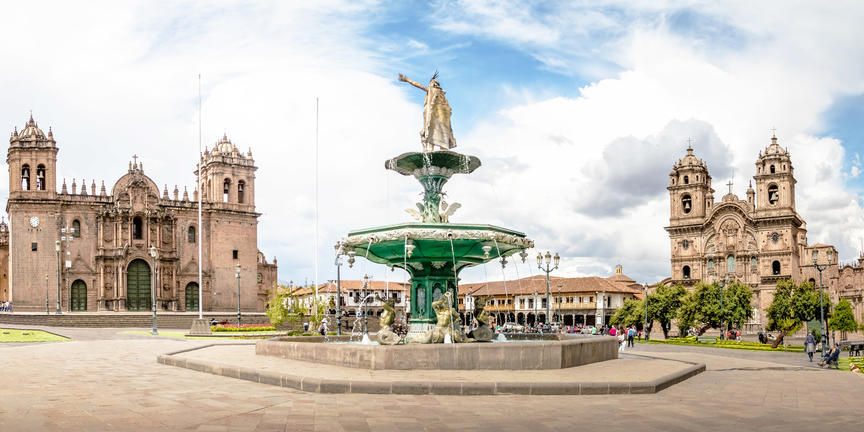
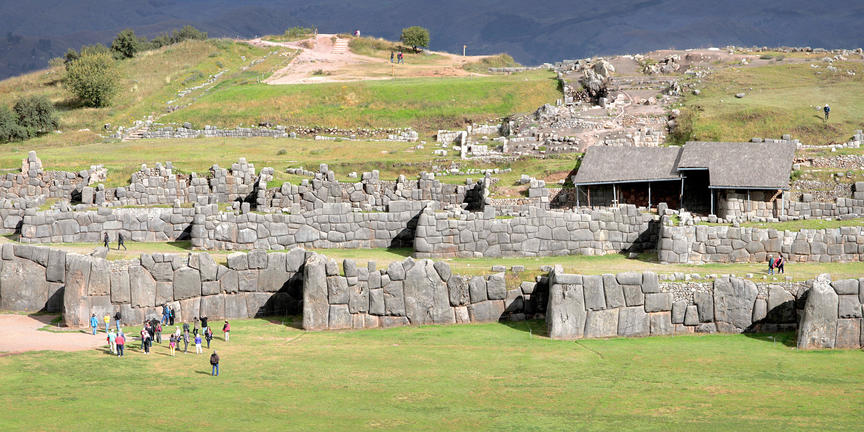
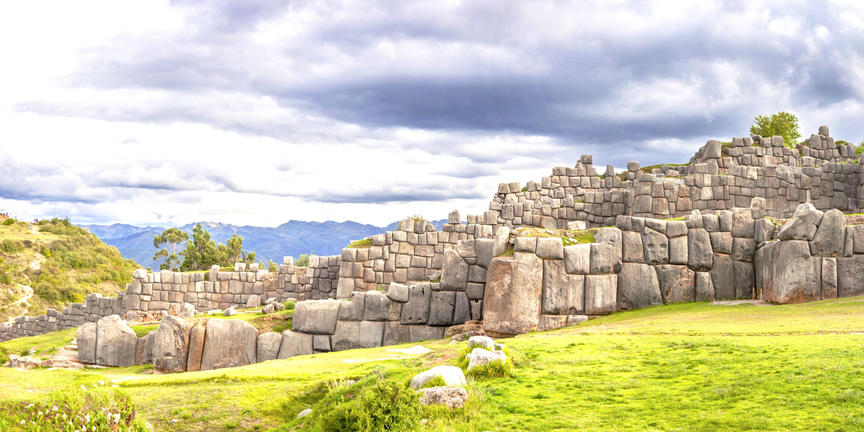
Quito, the capital of Ecuador, lies on the slopes of the Andes’ mighty Pichincha volcano in the Guayllabamba river basin. The city’s Old Town is its main attraction - one of the most well preserved in Latin America and the first-ever UNESCO heritage site. Wander among ancient, colourful streets; pop into glorious historic churches; or spend an afternoon browsing the vibrant Mercado (markets) and learning about the unique, traditional Ecuadorian Sierra culture. Other bucket list items in Quito include a visit to the impressive Casa Museo Guayasamín; the Museo de la Presidencia which provides insight into Ecuador’s history; and a climb up the iconic towers of the Basilica. Numerous gorgeous public parks and a thriving and exciting culinary scene complete the package.
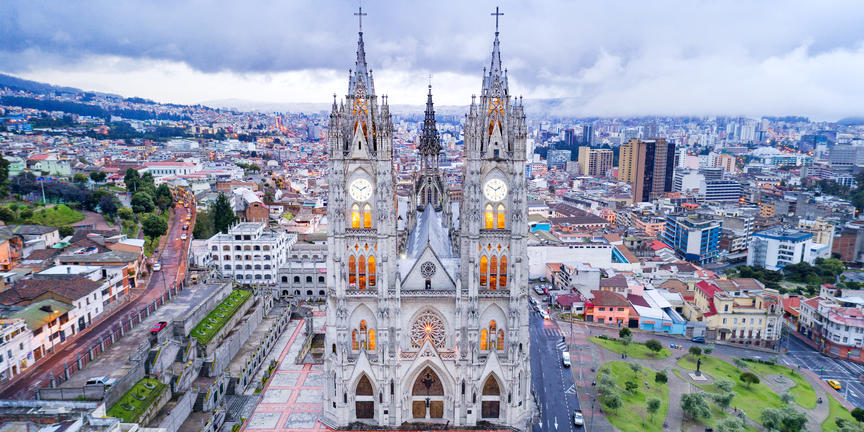
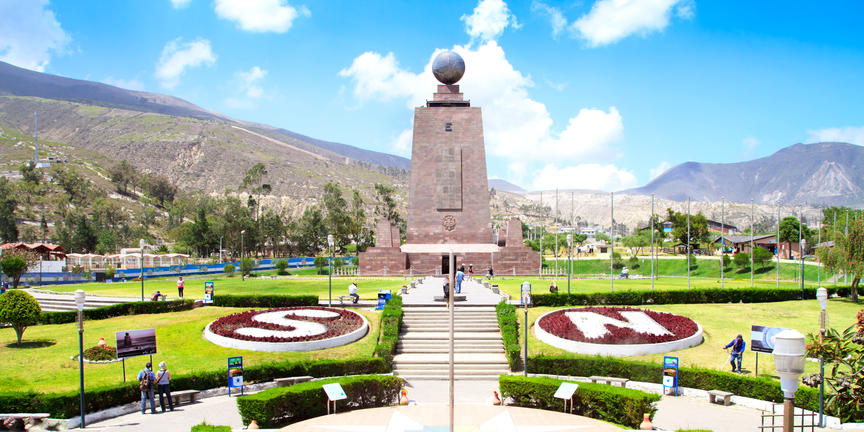
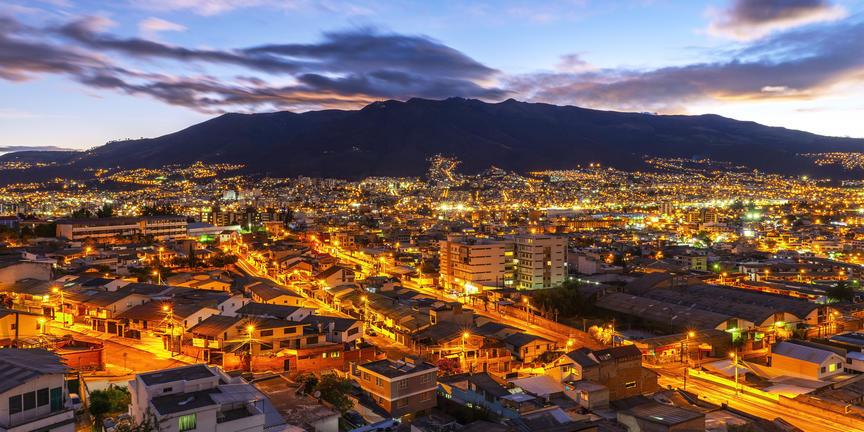

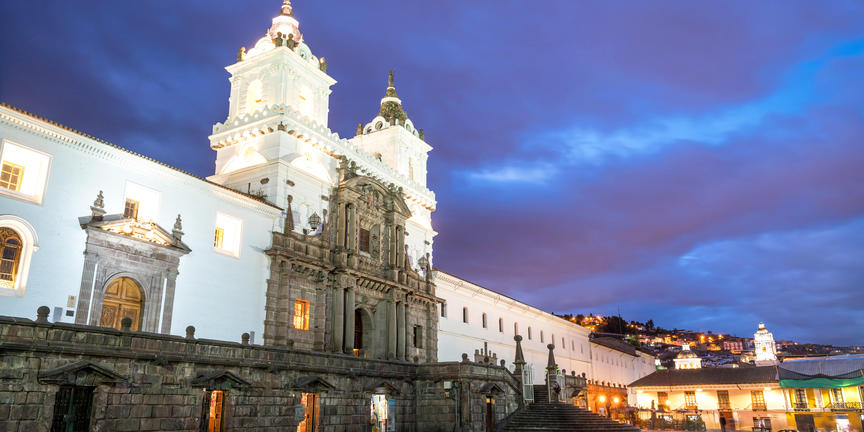
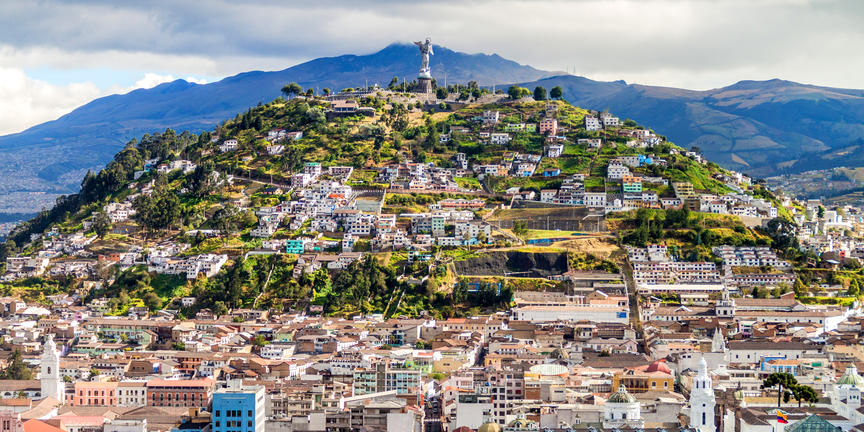
As previously described









